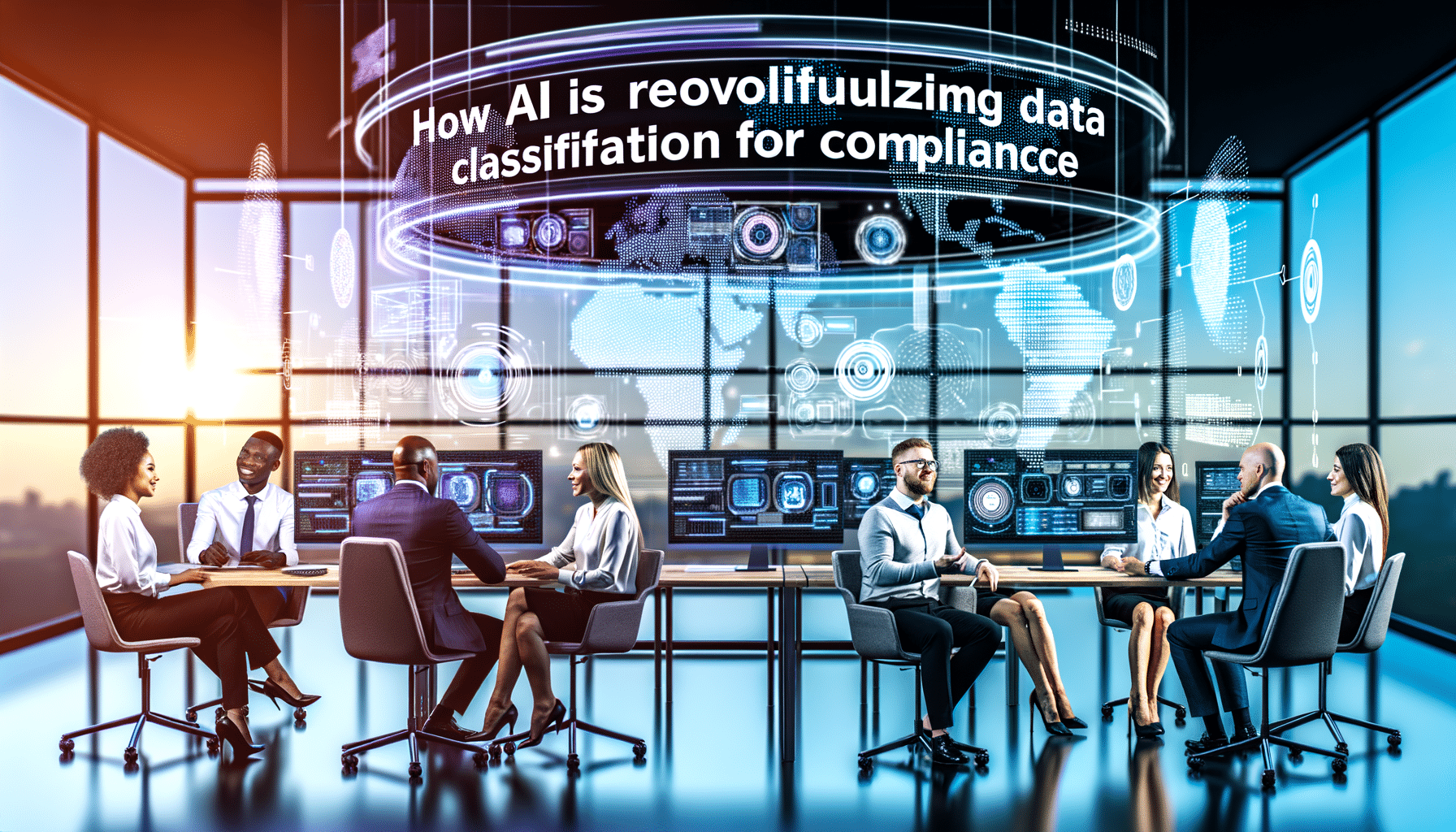Introduction
In today’s rapidly advancing digital landscape, compliance isn’t just another checkbox for organizations to tick off—it’s a crucial component of sustainable growth and security. Managing data classification accurately is a foundational step towards achieving compliance, but it often presents significant challenges. Fortunately, the advent of Artificial Intelligence (AI) is transforming how businesses approach this complex task, bringing a level of nuance and precision that’s revolutionizing the field.
I recall the early days of managing records at RecordsKeeper.AI, where traditional methods of data classification struggled to keep up with growing volumes and regulatory demands. The immense potential of AI became apparent to me as a logical solution.
The Challenges of Traditional Data Classification
Before delving into how AI is setting a new precedent, it’s essential to understand the challenges many organizations face with traditional data classification. Historically, this process has been labor-intensive, relying heavily on manual input, prone to errors, and often inconsistent. Moreover, the regulatory landscape is continuously evolving, making it difficult for businesses to keep their strategies up-to-date.
Some common challenges include:
These constraints can lead to inefficiencies and compliance risks, which no forward-thinking organization can afford.
AI: A Game Changer in Data Classification
The integration of AI in data classification offers a revolutionary approach to overcoming these challenges. At RecordsKeeper.AI, we’re at the forefront of leveraging AI to streamline compliance efforts. This innovative technology does not merely automate tasks; it enhances the quality, consistency, and functional understanding of data.
Here’s how AI is making a difference:
1. Enhanced Accuracy and Consistency
AI algorithms can process massive datasets far beyond human capacity, scanning for patterns and insights with superior speed and precision. This ability eliminates common errors found in manual classification, ensuring data is labeled accurately and consistently—ensuring a strong foundation for compliance management.
2. Contextual Understanding
AI systems excel at understanding the context around the data. Unlike conventional systems, AI can analyze not just the surface information but also the deeper semantic relationships, which is critical in sensitive areas such as compliance. This ensures that data is categorized correctly, based on its relevance to various compliance mandates.
3. Automation of Regulatory Compliance Updates
AI’s ability to learn and adapt means it can keep up with regulatory changes. By continuously analyzing industry trends and legal amendments, AI-powered systems like ours learn to react to changes instantly, automating the update process without the need for constant human intervention.
4. Efficient Use of Resources
Introducing AI into data classification allows for substantial cost savings by reallocating human resources to higher-value tasks that require judgment and strategy. This approach not only cuts down on operational costs but also drives innovation and business growth.
5. Improved Security Measures
When it comes to compliance, data security is non-negotiable. AI enhances security by identifying potential vulnerabilities and discrepancies in real-time, effectively preempting incidents before they escalate. RecordsKeeper.AI, for example, uses this capability to maintain a secure user environment.
Real-World Implications and Success Stories
Deploying AI for data classification stretches beyond hypothetical benefits—it’s influencing significant, positive changes for organizations worldwide. As I’ve observed in our platform, businesses engaging with AI-driven tools have reported quicker turnaround times in audits, reduced fines related to non-compliance, and enhanced trust from stakeholders due to demonstrable governance efforts.
Conclusion
The future of data classification in compliance lies with AI. By embracing this technology, organizations can transform a traditionally cumbersome process into a strategic, efficient, and secure operation. I encourage compliance, legal, and finance leaders to consider how AI can revolutionize their approach to data management.
As someone who has navigated the complex landscape of records management through innovative technology, I invite you to explore the transformative potential of AI-driven data classification with RecordsKeeper.AI. Follow my journey, share your challenges, and together, let’s shape a more efficient, compliant future.








